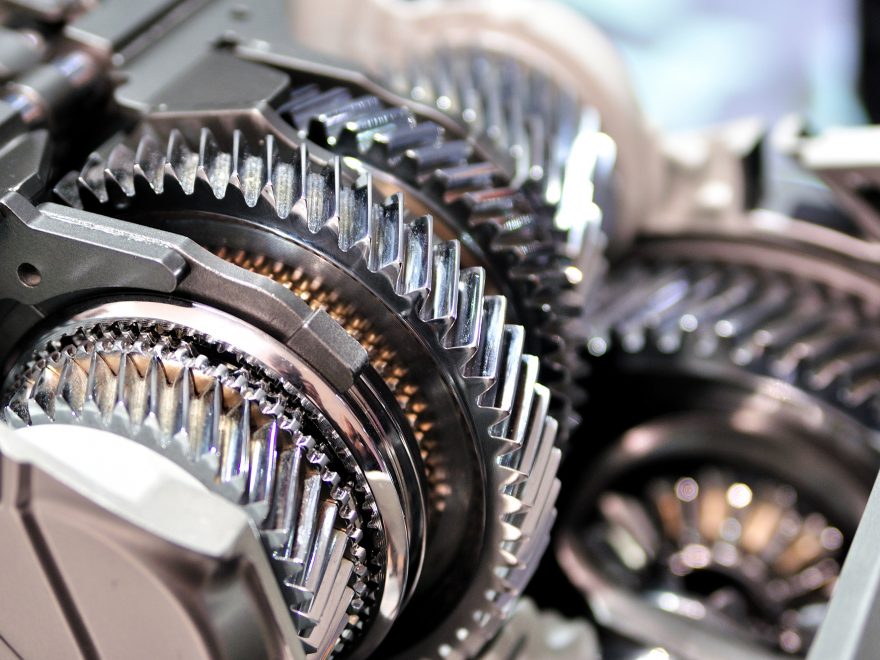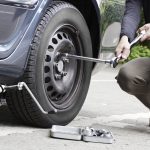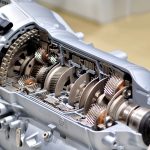An Audi gearbox can be changed in 15 minutes, but don’t get too excited about the speed.
Unless your car is older and you are a professional, it is going to take longer. Getting an Audi repair manual is a great start to attempting this replacement yourself.
This is a repair project that is best left to those experienced in car maintenance and repair. This is a full weekend project that will take a few hours of work.
We are going go through the general process for how to change a modern Audi’s gearbox.
Find Your Online Car Repair Manual Today! ->>
Diagnosing the Problem
The Audi transmission is one of the most expensive parts on the card. It’s not your typical automatic.
It is a complicated part connected to computers, electronics, hydraulics, and mechanical elements all working together to make your car run.
A dealership will charge about $100 an hour to diagnose the problem.
Common signs signaling a transmission issue are: grinding noises, jerking, getting stuck into gears, or not being able to even move the lever out of “park.”
Get the Audi Repair Manual
Start by getting the repair manual. This will be your step by step guild to changing your Audi gearbox.
Getting the manual doesn’t make you weak. It makes you smart. Don’t waste your time guessing.
Types of Transmissions
Audi uses a few different types of transmissions. Each one has a unique setup for the gears and transitions.
You can reference your Audi repair manual for which type your car has.
S Tronic
The S Tronic dual-clutch transmission combines the ease of automatic with the efficiency of manual. It is available in four different versions, including 6 or 7 gears.
The seven gear version has two subversions. Which one used is dependant on the amount of torque necessary.
The gears are placed behind each other on the output shaft. This provides longevity to the life of the engine.
Essentially the two shafts work together to run the car. Both shafts are always active. Only one is engaged with the engine at a time.
The even numbered gears are on one shaft, while the odd numbers are located on the other. As the driver accelerates or decelerates the car, the computer automatically shifts between the different gears.
The effect is a manual style shifting car, but way faster and smoother than what a human could produce. Shifting takes .2 seconds.
R Tronic
The R Tronic transmission is the well known from the sporty R8. It is an automated transmission that can shift both automatically and manually.
There are shift paddles mounted on the steering wheel to allow for easy shifting.
Similar to the S Tronic, the R Tronic provides the efficiency and performance of a manual with the comfort of an automatic.
Unfortunately, the R Tonic transmission has a reputation for being plagued with issues.
Multitronic
The Multitronic has two key components. The variator is a link chain that transfers force between the two variable conical pulleys. One disk at a time is moved on the shaft.
You can use your Audi repair manual to get a detailed explanation of how the variator connects to the pulleys.
The other key component is the electronically controlled hydraulic multi-plate clutch. When you aren’t moving it stops the momentum from being transferred.
This helps with fuel consumption and smooth start and stop.
Tiptronic
Coming in six or eight gears, the tiptronic reduces fuel consumption.
The clutch is closed during normal driving. It connects directly to the transmission. It works with limited slip.
Manual
Audi offers many models with a standard manual transmission. Models can be five or six gears.
Removing the Transmission
Prep Work
First, you need to jack up the car. Make sure the car is secure and you have plenty of room to work under the car.
Disconnect the battery.
Remove the plastic undertray, the air filter housing and forward oxygen sensor. Move the coolant expansion tank out of the way to the side.
Remove Bolts
You will need to remove ten bolts. They are all size 16mm but have different lengths. Be sure to note which length goes where.
Some of the bolts go directly into the engine block while others have a nut on the back.
You need to take the bolts off in a certain order. Check your Audi repair manual for the particular order for your car.
When you go to put these bolts back on, some are tightened to a different torque pressure. This is where the Audi repair manual comes in handy.
Separating Components
Remove the brackets attaching the transmission to the subframe.
Depending on the year of your Audi, you may have to remove the speed sensor.
Separate the axles from the transmission. There will be one on the right and left sides.
Disconnect the electrical components.
Disconnect the shifter rods.
Disconnect Driveshaft
The driveshaft is held on by 6 bolts with metal collars pairing them into sets.
You may have some trouble separating them. Try hitting it with a big hammer. Seriously.
Separate Engine and Transmission
Carefully remove the bolts connecting the engine and transmission. Pay attention to the wires that wrap around the rear of the engine.
Some of the bolts will be hard to reach or tight places.
Lower the Transmission
Once the transmission is free of all attachments, lower it the rest of the way.
Put in the New Gearbox
To put in the new gearbox just follow the directions for taking out the old gearbox in reverse. It works best to follow the Audi repair manual step by step in reverse so you do not miss anything.
Go Drive
Now that you’ve got your Audi put back together, its time to go drive it! Every good mechanic knows you have to go test out your handiwork.
Still struggling with unknown car issues? Check out these helpful diagnosis tips.







